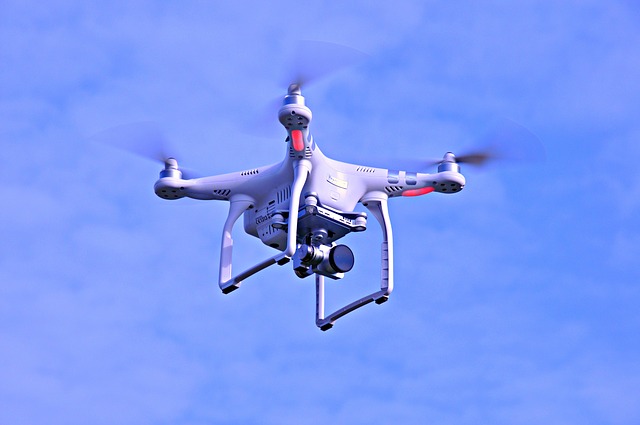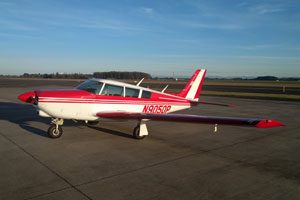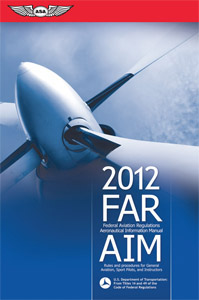How do you find the right flight school for you? Everybody is different and learns different than others. In this post I will give you some advice of how to find out if you like a prospective flight school or not.
Call the flight school and arrange for a demo or introductory flight lesson!
What happens on a demo flight?
They typically consist of two parts. In the first part the flight instructor will sit down with you and explain the controls of the airplane or helicopter to you. They will also go over some basic aerodynamics so you get a very basic understanding on how an airplane or helicopter works and what to expect when you manipulate the controls of an aircraft for the first time.
After that they will walk out to the aircraft with you. They might do a short pre-flight inspection together with you. There you will get a first idea of how the controls actually work.
After the preflight you will get into the aircraft with the flight instructor. They will show and talk through the startup procedure, then take off. During that time you are on the controls but the instructor will be on the controls as well. Once you are airborne you get to fly the helicopter or airplane by yourself.
You’ll experience how it is to fly an aircraft, get a feeling for how it reacts to your inputs and fly around the local area for a while. Then you fly back to the airport, possibly doing a couple landings.
In the helicopter, you get to the part where you will hover the helicopter. One of the most exciting things to do and learn.
The length of the flight is usually somewhere between 20 and 60 minutes, depending on if you fly a helicopter, an airplane, or maybe purchasing some additional time.
The benefits of a demo flight
The great thing doing a demo flight is, that it is close to an actual flight lesson. You get to do some ground training and some time in the aircraft flying. You also get a feeling of the atmosphere of the flight school. Is it a small flight school where you get a more personal flight training, or a big flight school where the training follows a very strict syllabus. Do you get to fly with the flight instructor you will get training from later on, or are there many flight instructors?
Since everybody likes different scenarios, you get to choose what you like best.
You also get the opportunity to ask questions about the flight training, the availability of the aircraft, the amount of students you are sharing the aircraft with and billing. Do you have to pay a lump sum in advance or do you pay as you go?
You should keep all these things in mind, even write down questions ahead of time and get the answers then.
Hopefully this post answered some of your questions about how a demo flight works.
If you have any questions about it, you can give us a call, we are always happy to help.
Our office is available from 8am to 5pm every day. Call us at: 503-376-0190.







